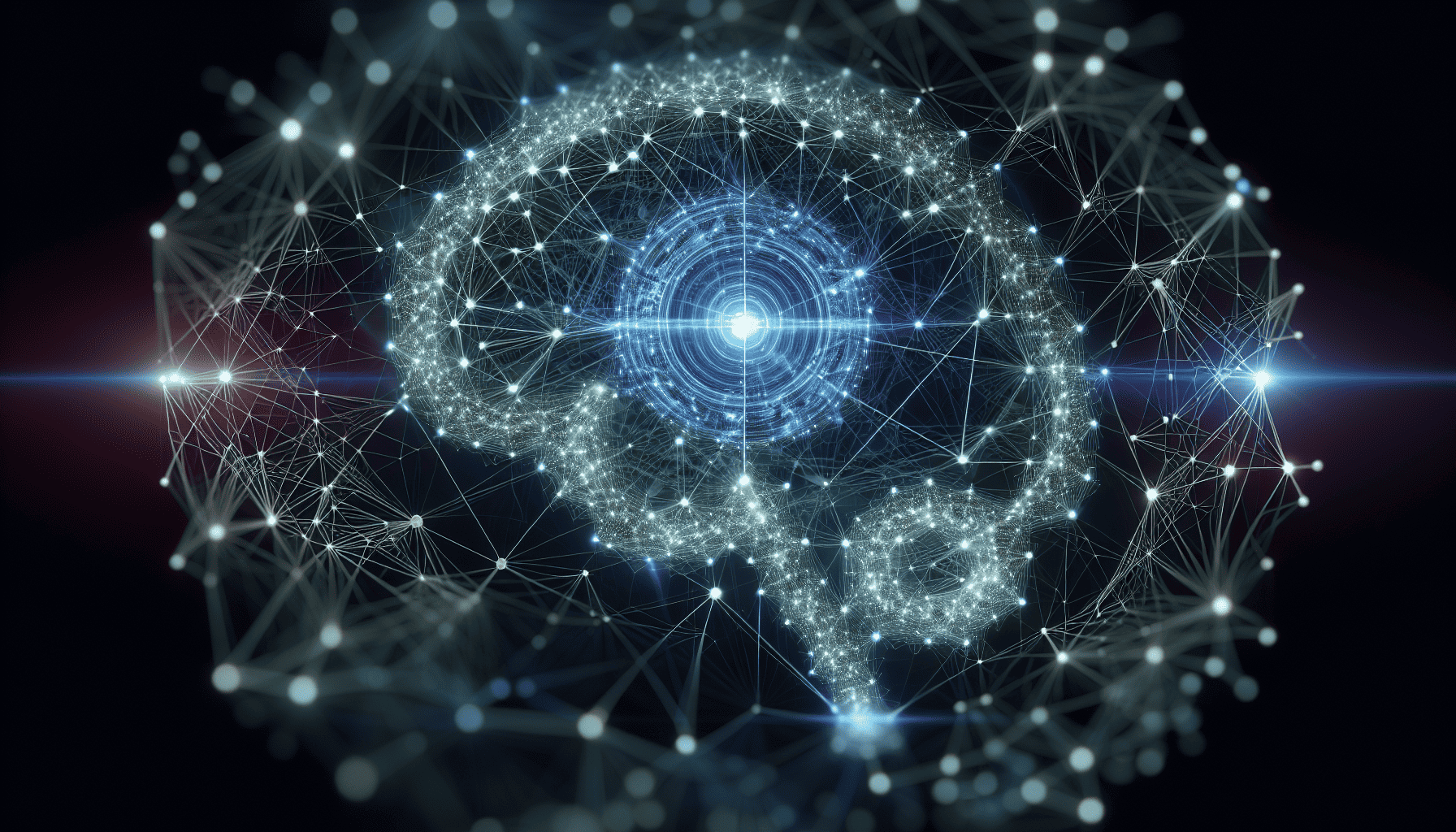In today’s data-driven world, leveraging insights derived from vast amounts of information can pinpoint paths to greater efficiency, smarter decision-making, and innovative strategies. The advent of artificial intelligence (AI) has significantly altered the landscape of data analytics, enabling businesses to unlock unprecedented value from their data repositories. AI-driven insights are transforming industries by providing advanced analytics and predictive modeling capabilities that were once unimaginable.
The Evolution of Data Analytics
Traditionally, data analytics involved manual processes and rudimentary tools that required extensive human intervention. Analysts spent substantial time on data preparation, cleansing, and rudimentary statistical analyses, often leaving little room for in-depth insights. The scope and scale of analytics were limited by the technology and methodologies of the time.
However, with the rise of AI, this dynamic has shifted dramatically. Now, machine learning algorithms can process and analyze massive datasets with speed and precision. These advanced systems go beyond merely observing what has happened; they can predict future trends, identify potential risks, and uncover hidden patterns within the data.
Advanced Analytics: Beyond Descriptive and Diagnostic
AI-powered insights harness advanced analytics techniques that surpass traditional descriptive and diagnostic approaches. While descriptive analytics focuses on summarizing historical data and diagnostic analytics aims to understand the causes of past outcomes, AI introduces predictive and prescriptive analytics into the mix.
Predictive Analytics
Predictive analytics leverages AI algorithms to forecast future events based on historical data. By analyzing patterns and trends, AI models can provide accurate predictions about customer behavior, market fluctuations, equipment failures, and more. For instance, in the retail sector, predictive analytics can help businesses anticipate inventory demand, reducing overstock and stockouts. In finance, it can improve risk assessment, enabling better investment strategies and fraud detection.
Prescriptive Analytics
Prescriptive analytics takes it a step further by not only predicting what will happen but also recommending actions to achieve desired outcomes. This is where AI truly shines, as it can analyze various scenarios and suggest optimal strategies. For example, in healthcare, AI can prescribe personalized treatment plans based on patient data and historical outcomes, potentially saving lives and improving patient care. In supply chain management, prescriptive analytics can optimize logistics and routing to minimize costs and delivery times.
The Power of Machine Learning and Deep Learning
At the core of AI-powered insights are machine learning and deep learning algorithms. Machine learning allows systems to learn from data iteratively and improve over time without being explicitly programmed. Deep learning, a subset of machine learning, employs neural networks with multiple layers to model complex patterns and relationships in the data.
These technologies enable AI systems to process unstructured data, such as images, audio, and text, alongside structured data. For instance, natural language processing (NLP) can analyze customer reviews and feedback to extract sentiments and trends, providing valuable business intelligence. Computer vision can identify defects in manufacturing processes, ensuring quality control.
Real-World Applications of AI-Powered Insights
Marketing and Customer Experience
Businesses can harness AI to enhance customer experiences by providing personalized recommendations and targeted marketing. By analyzing customer behavior and preferences, AI algorithms can tailor product suggestions and marketing messages, increasing engagement and conversion rates.
Healthcare and Medicine
AI-powered insights are revolutionizing healthcare by enabling early diagnosis and personalized treatment. Predictive models can identify patients at risk of developing certain conditions, allowing for proactive interventions. Furthermore, AI can analyze medical images with high accuracy, assisting radiologists in detecting abnormalities.
Finance and Risk Management
In finance, AI-driven analytics can detect fraudulent activities in real-time, safeguarding assets and reducing losses. Additionally, predictive modeling can optimize investment portfolios and manage risks more effectively, ensuring better financial outcomes.
Manufacturing and Supply Chain
AI can optimize manufacturing processes by predicting equipment failures and scheduling maintenance, minimizing downtime and costs. In supply chain management, AI-driven insights can improve demand forecasting and inventory management, enhancing overall efficiency.
Challenges and Considerations
While the benefits of AI-powered insights are immense, businesses must navigate certain challenges. Data privacy and security are paramount, as AI systems require access to vast amounts of sensitive information. Ensuring compliance with regulations such as GDPR is crucial. Moreover, businesses need to invest in robust infrastructure and skilled personnel to implement and maintain AI systems effectively.
Conclusion
AI-powered insights are revolutionizing the way businesses approach data analytics. By providing advanced analytics and predictive modeling capabilities, AI transforms data into actionable intelligence. Organizations across various sectors are leveraging these insights to drive innovation, improve efficiency, and make informed decisions. As AI technology continues to evolve, its potential to unlock new opportunities and solve complex challenges will only grow, making it an indispensable tool for the future.
